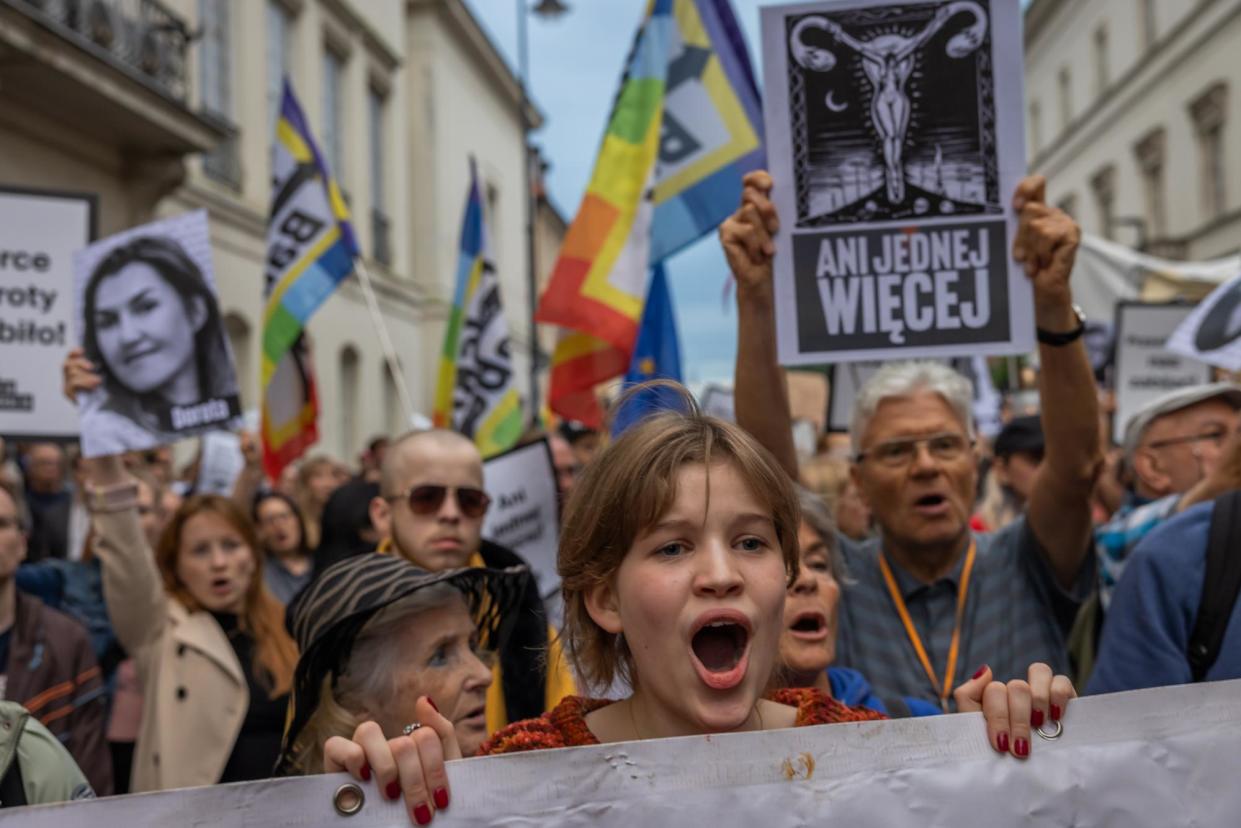Gender equality stalling or going backwards for 1bn women and girls

More than 850 million women and girls are living in countries rated as “very poor” for gender equality, says a new report, subjecting them to a litany of potential restrictions and abuses, including forced pregnancies, childhood marriage and bans from secondary education.
The SDG Gender Index, published today by Equal Measures 2030, a coalition of NGOs, found that no country has, so far, achieved the promise of gender equality envisioned by the UN’s 2030 sustainable development goals (SDGs).
Between 2019 and 2022, nearly 40% of countries – home to more than 1 billion women and girls – stagnated or declined on gender equality.
The SDG index, which benchmarks gender equality across 139 countries, gave 45 countries – including large parts of west, central and sub-Saharan Africa, the Middle East and countries in Asia including Bangladesh and Myanmar – its worst rating of “very poor”.
In addition to the 857 million women and girls living in countries rated “very poor”, 1.5 billion lived in countries rated “poor”. Only one country, Switzerland, was rated “very good”.
The report said the “dismal scenario” means global gender inequality could be worse in 2030 than when the goals were set in 2015, as armed conflict, accelerating climate breakdown, anti-gender campaigns and threats to democracy stall or reverse progress. If current trends continue, equality will not be achieved until the 22nd century.
“From the explosion of domestic violence during the pandemic to the Taliban getting back into power in Afghanistan, from the brutal repression of the Woman, Life, Freedom movement in Iran and the repeal of Roe v Wade in the US, women’s rights are being eroded,” said Chiara Capraro, the programme director for gender justice at Amnesty International UK.
Almost every country in the world agreed to targets to achieve gender equality by 2030 as part of the UN’s SDG initiative.
Related: ‘Frightening’ Taliban law bans women from speaking in public
Yet in the past few years there has been a widespread failure concerning progress on women’s rights, which have declined in a number of countries including Poland, the US and Afghanistan.
Both Poland and the US have taken regressive steps on abortion rights. In the US 14 states have enacted near-total abortion bans.
Under the Taliban, women and girls in Afghanistan have undergone what human rights groups are calling a “gender apartheid”, banning them from secondary school, many forms of paid employment and even speaking or showing their faces outside their homes.
Some of the regression in countries such as Sudan, Myanmar and Ukraine can be blamed on recent outbreaks of violence. The report said 614 million women and girls were living in conflict-affected countries in 2022 – 50% higher than the number in 2017.
Heather Barr, an associate director of the women’s rights division at Human Rights Watch, said: “We have seen a number of conflicts which have had a devastating impact on women and girls and set back progress in those countries. We can see that with the horrific reports of sexual violence in Sudan, the rise in domestic violence in Ukraine and restrictions on abortion access.”
Barr also pointed to the recent emergence of authoritarian governments taking power in countries “working from a playbook that reverses hard-won gains on women’s rights under the pretext of supporting ‘traditional values’”.
Accelerating progress on women’s rights required more women in positions of power, said Barr.
“Women’s participation – bringing women into decision-making positions both in national governments and internationally in organisations like the UN – is key,” she said.
“This is the best way to ensure that we bring about the real changes needed to achieve gender equality, rather than just talking about it.”
The SDG Gender Index precedes the annual UN Women snapshot report, to be published later this month, which is expected to document another year of poor progress.


